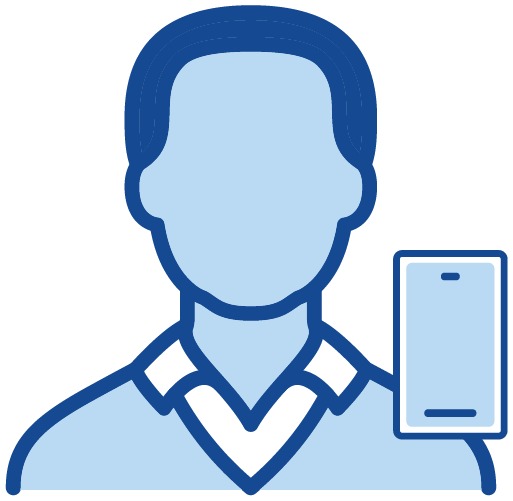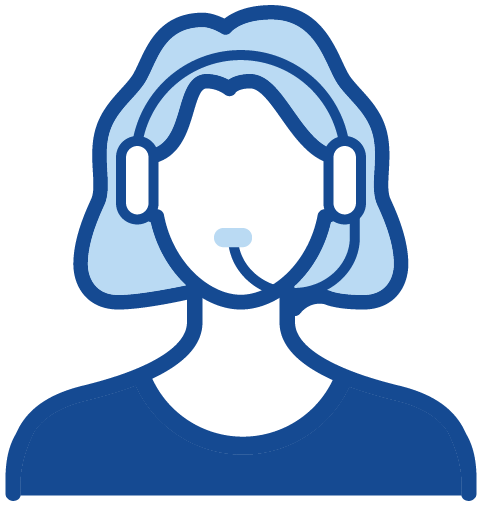CSG Omnichannel Communications
Omnichannel Communications to Improve Customer Experience
You have many options for communicating with customers. Your company can call, send emails, text or send printed documents and notices. How do you unify various channels of communication to create a seamless experience for customers? By partnering with CSG to design a comprehensive omnichannel communication strategy.


What is omnichannel communication?
Omnichannel communication refers to using multiple, coordinated communication channels to engage with customers, delivering consistent experiences across all interactions, even when customers switch channels. On average, consumers use eight online and offline channels to engage with companies, choosing which channel to use based on where they are and what they’re doing.
Omnichannel communication vs. multichannel communication
Omnichannel communication is sometimes confused with multichannel communication, but they’re different. A multichannel communication strategy means that businesses use several communication channels, allowing customers to interact wherever they are (online or offline). However, the channels are not connected, so they function independently. This means customers can’t have a conversation with a chatbot and continue it with a live agent without starting over.
In contrast, an omnichannel communication strategy refers to having multiple communication channels that are connected, delivering a consistent customer experience at every touchpoint. This customer-centric approach requires deep understanding of customer needs and an omnichannel communication platform.

Provide a seamless customer experience with minimal disruption,
even if the customer switches channels.
Break free from communication chaos
even if the customer switches channels.

CSG’s omnichannel communication platform benefits
Most customers expect consistent interactions across departments, and they expect all company reps to have the same information about them. An omnichannel communication strategy is essential to meet these expectations.
An omnichannel communication platform:
- Improves customer satisfaction: Provides a consistent and personalized experience across all channels. Customers appreciate the convenience of being able to pick up where they left off when they switch channels.
- Increases customer loyalty: Builds stronger relationships with customers by understanding their needs and preferences.
- Enhances operational efficiency: Automates routine tasks like quick replies that work across channels, reducing manual effort.
- Is a single source of truth: Gives customer representatives a complete view of customer interactions, account information and context, so customers don’t have to re-identify themselves and repeat their concerns.
- Supports better decision-making: Provides data-driven insights into customer behavior, guiding the improvement of processes and communications.
- Improves compliance: Helps businesses comply with regulations related to customer communication and privacy, such as the Health Insurance Portability and Accountability Act (HIPAA).
Deliver consistent CX with CSG Engagement Channels
Consistent, omnichannel communication is the foundation of exceptional customer experience and loyalty. Connect with customers through any channel—IVR, email, business SMS, MMS, RCS, push notifications—in real time, and deliver consistent, personalized messages across the board using CSG Xponent Engagement Channels.
A proven customer engagement leader

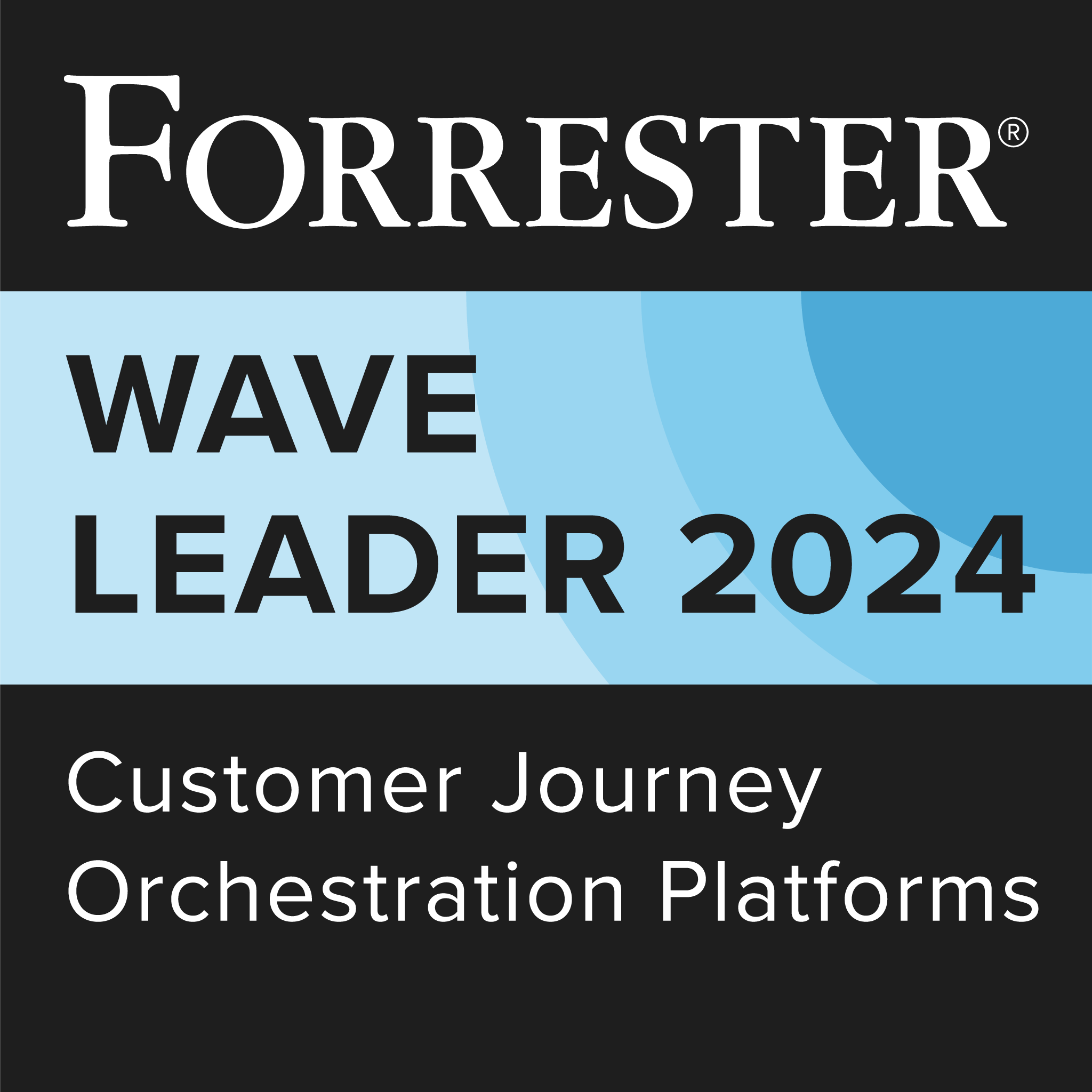
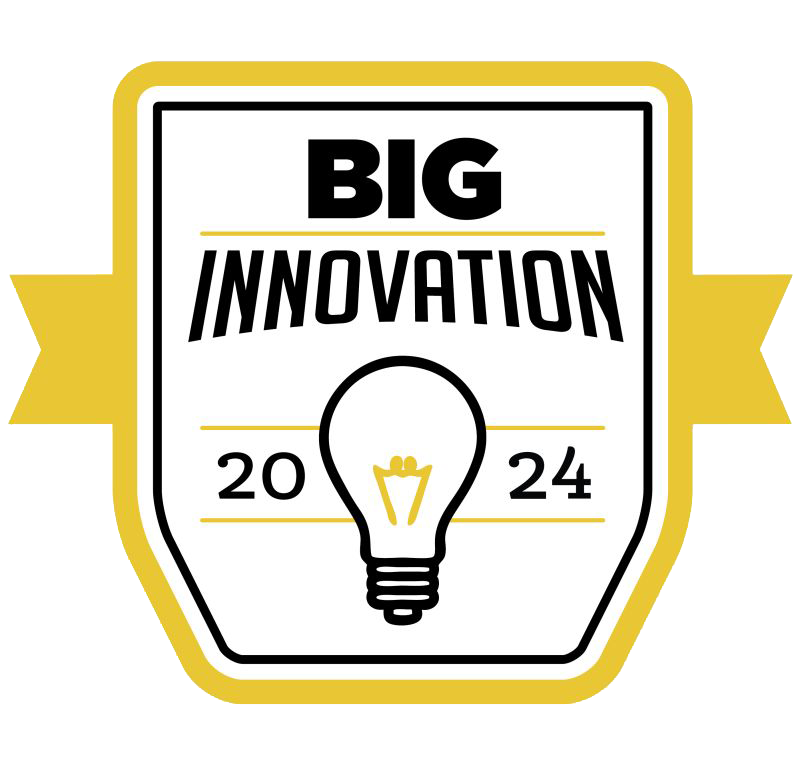
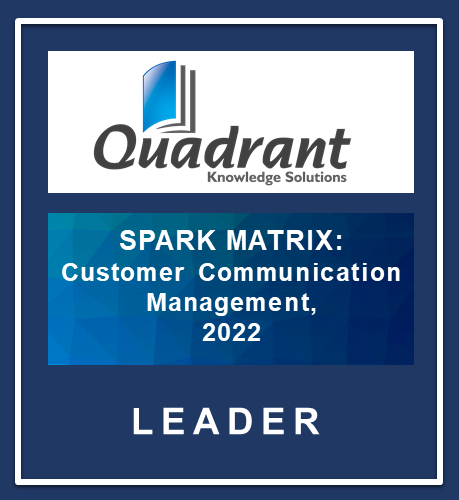
Get started with an omnichannel approach to CX
Deliver the right messages at the right time to consumers, whether that’s when they’re searching for your products or when something goes on sale that they’ll love. Implement our integrated omnichannel communications solution today and watch your bottom line soar.
